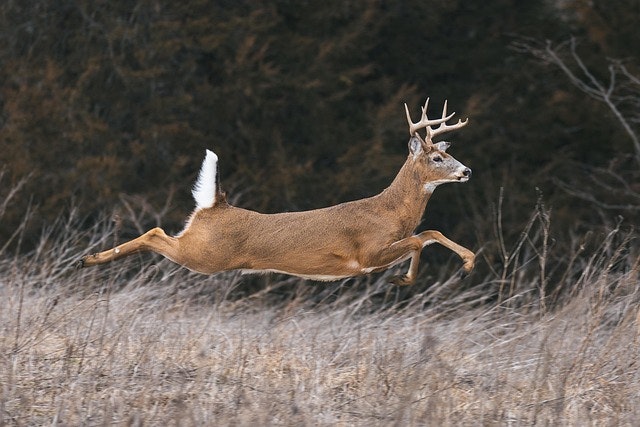Commercial Fleet Safety During Deer Season
By Aaron Larue • 10/08/2025
Understanding the Impact of Deer Collisions
Deer collisions can be a serious concern for fleet managers and commercial drivers, especially as autumn rolls around. With the fall season comes heightened risk from October through December, a period when deer are most active. These months provide a perfect mix of conditions—shorter days, mating season, and increased movement—that can lead to accidents. The financial repercussions can be significant, averaging $3,000 in repair costs per incident. Annually, deer collisions amount to a staggering $1 billion in damages. Protecting your fleet means understanding these risks and preparing your teams accordingly.
Stay Alert for Group Movements
When encountering deer, it's crucial to remember that they rarely travel alone. If you spot one deer, others are likely nearby. This knowledge allows drivers to remain vigilant and prepared to react, reducing the chances of a costly collision.
Mind the Time: Peak Activity Hours
Deer are most active during dawn, dusk, and overnight. Understanding these peak hours can help fleet managers schedule travel during lower-risk times when feasible, thereby minimizing exposure to accidents.
Use High Beams Wisely
High beams can significantly improve visibility at night, making it easier to spot deer from a distance. Encourage drivers to use high beams when appropriate, but remind them to dim the lights when approaching oncoming traffic to avoid dazzling other drivers.
Heed Deer Crossing Signs
Deer crossing signs are strategically placed in high-traffic areas known for deer activity. Encourage your drivers to take these signs seriously and reduce speed as they approach these zones. Caution can prevent accidents and ensure everyone's safety.
Responding Properly Post-Collision
Accidents can happen despite best efforts. If a collision with a deer occurs, emphasize the importance of maintaining safety. Move the vehicle to the side of the road, use hazard lights, and contact law enforcement and insurance providers immediately. This ensures proper documentation and faster insurance processing.
Avoid Swerving: Brake with Control
Swerving to avoid deer can lead to more severe accidents, including vehicle rollovers or collisions with other vehicles. Teach your drivers to brake firmly and stay in their lane. Swerving often results in greater loss than a controlled collision with the animal.
Emphasizing Proactive Safety and Readiness
The key to minimizing deer-related incidents lies in preparation and awareness. Training commercial drivers now—during peak deer season—can help maintain business continuity and operational efficiency. Reducing accidents not only protects vehicles but also ensures employee safety.
Fleet managers should consider reviewing their commercial auto policies to ensure comprehensive coverage against such incidents. For personalized advice on managing these risks, reach out to your insurance provider today.

